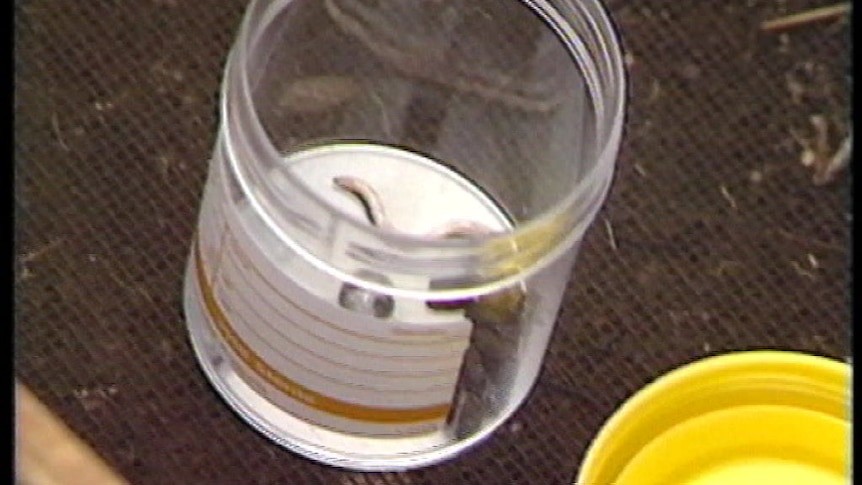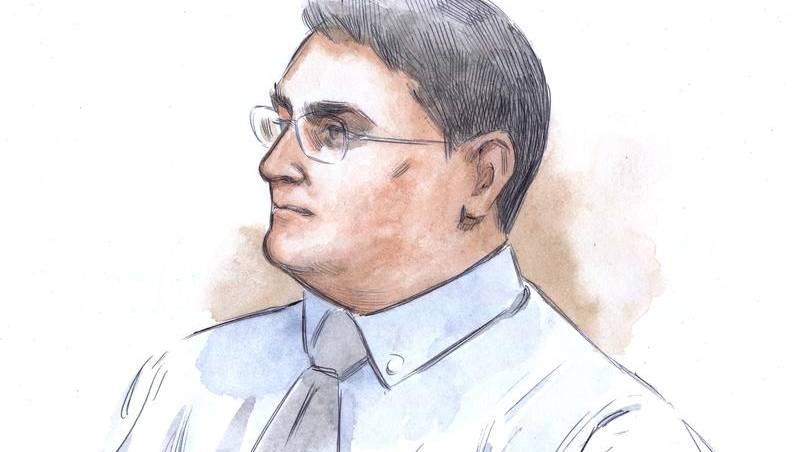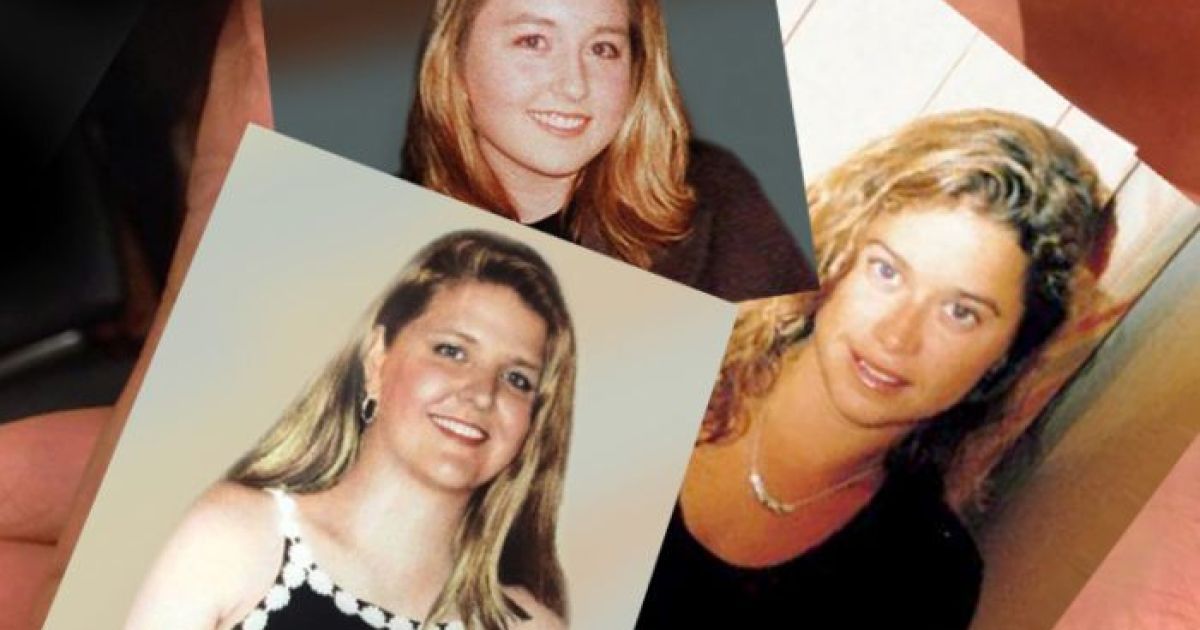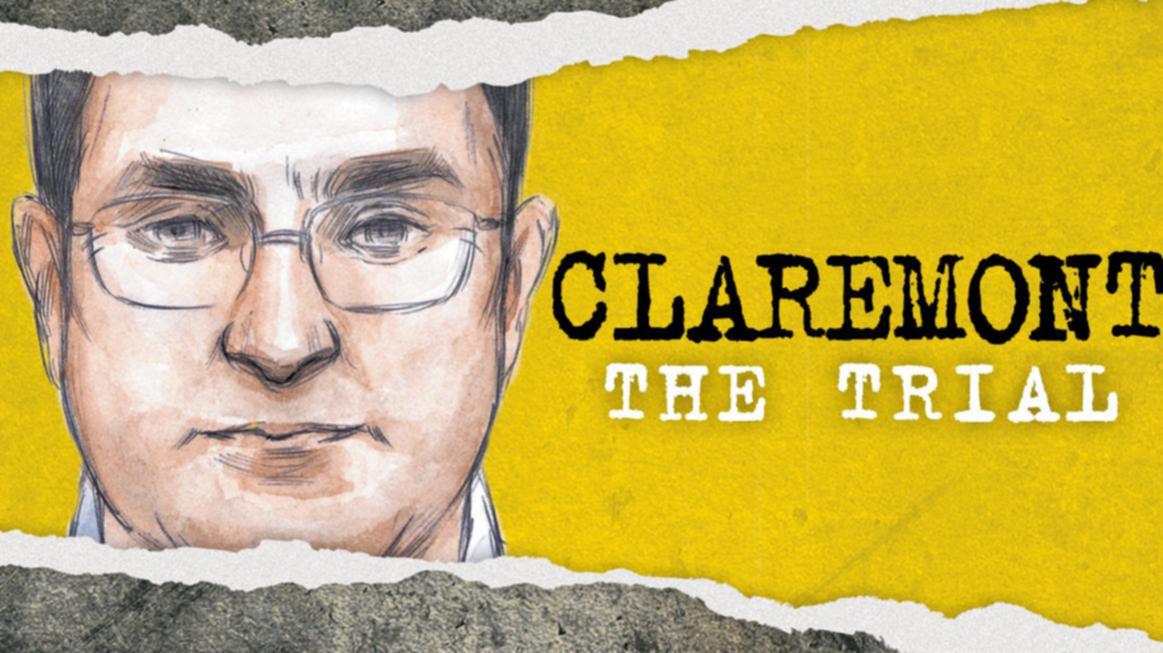- Dec 27, 2016
- 26,644
- 56,577
- AFL Club
- Western Bulldogs
- Thread starter
- Moderator
- #226
Scientists at Western Australia's state-run forensic laboratory contaminated crucial samples relating to the Claremont serial killings case on multiple occasions with their own DNA, the trial of the man charged with the three murders has been told.
The DNA of Steven Daventhoren, who found a Telstra-issued knife on the road close to where Ms Rimmer's body was discovered, was also found on one of Ms Rimmer's intimate samples.
Mr McDonald, who now works for PathWest, said the DNA of a visitor to the Cellmark laboratories at Abington, near London, had been found on one sample, despite stringent precautions being taken in that lab to prevent contamination.
He said samples taken from a branch that had been lying on top of Ms Rimmer's body were found to contain a partial female DNA profile that did not match the young childcare assistant or any PathWest staff.

 www.abc.net.au
www.abc.net.au
The DNA of Steven Daventhoren, who found a Telstra-issued knife on the road close to where Ms Rimmer's body was discovered, was also found on one of Ms Rimmer's intimate samples.
Mr McDonald, who now works for PathWest, said the DNA of a visitor to the Cellmark laboratories at Abington, near London, had been found on one sample, despite stringent precautions being taken in that lab to prevent contamination.
He said samples taken from a branch that had been lying on top of Ms Rimmer's body were found to contain a partial female DNA profile that did not match the young childcare assistant or any PathWest staff.
Scientists contaminated crucial Claremont evidence with own DNA, serial killings trial told
Scientists at WA's state-run forensic laboratory contaminated crucial samples relating to the Claremont serial killings case on multiple occasions with their own DNA, the trial of Bradley Edwards is told.


















